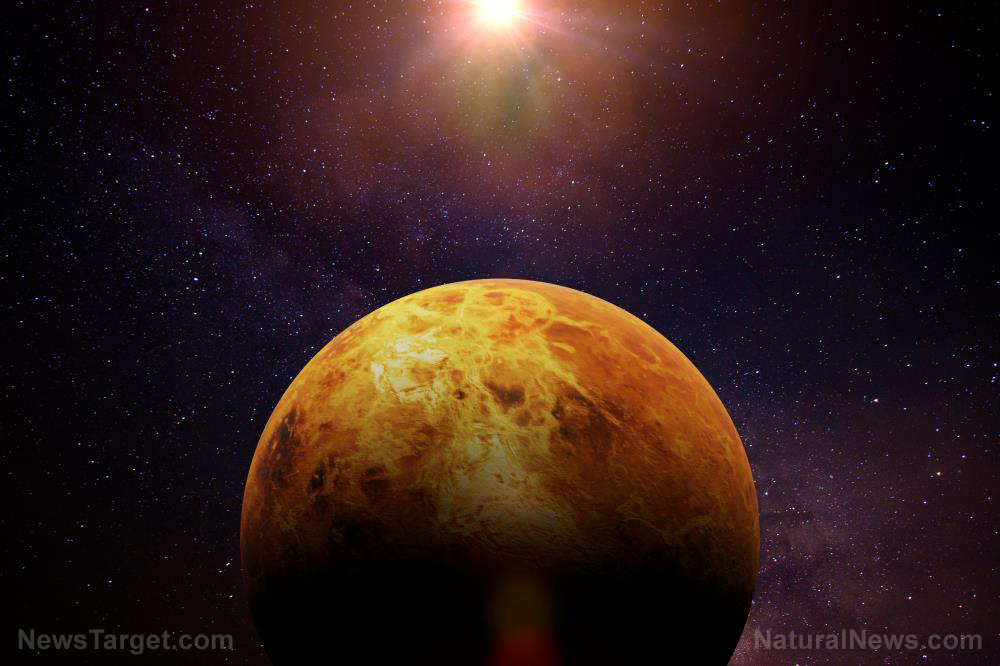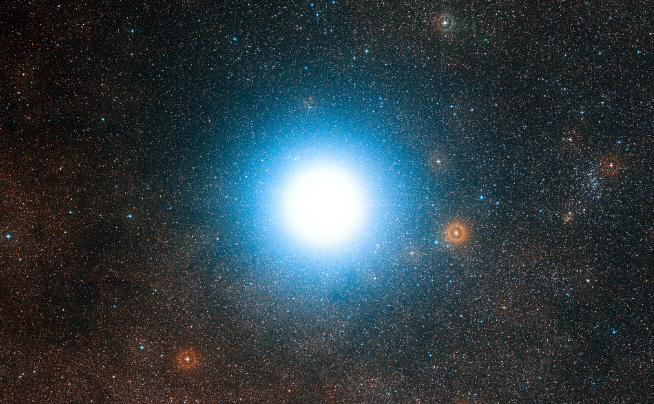
Discovered during the Vista Variables in the Via Lactea (VVV) stellar survey, the mysterious dimming star received the generic name of VVV-WIT-07. Little is known about it due to the distances involved and the interstellar dust in the way. However, it seems to be older and redder than the Sun.
It caught the eye of Federal University of Santa Catarina researcher Roberto Saito as he was canvassing VVV's data of variable stars near the core of the Milky Way. Saito was looking for stars that occasionally got brighter as seen from Earth.
But the way VVV-WIT-07 got his attention was by doing the opposite. In 2012, the star dimmed slightly during a period of 11 days. The next 48 days saw it grow all but dark.
Saito reported in his paper that VVV-WIT-07 lost more than 75 percent of its brightness during that dimming period. (Related: Scientists confirm that mysterious radio signals from outer space are not made by humankind.)
Does this new star have a ringed exoplanet? Or is it surrounded by an alien megastructure?
Theories abound as to what caused the dimming of VVV-WIT-07. One of the most popular ones matches the theory of NASA researcher Eric Mamajek, who earlier discovered a very similar celestial body called "Mamajek's Object."
Officially called J1407, this star also underwent intermittent dimming. Mamajek believed that his star kept an exoplanet with an absolutely massive ring system around 200 times as big as the ones adorning Saturn.
Regarding the mystery of VVV-WIT-07, he believed anything that could block out that much light would measure more than 620,000 miles across and be very dense. So either there is one very big object or far many smaller objects.
Louisiana State University researcher Tabetha Boyajian concurs with Mamajek's opinion. Much like Saito, Boyajian noticed in 2015 that an unusual star was also undergoing inexplicable dimming.
In her case, KIC 8462852 – colloquially called "Tabby's Star" after her – drew large amounts of public interest. Many wondered if the dimming was being caused by a Dyson swarm, a massive megastructure built by an alien civilization to harvest starlight. Others attributed the occlusion to natural clouds of interstellar debris and cosmic dust.
New variable star could answer questions about other dimming events
The light curve of a star is calculated by measuring the intensity of its light over a period of time. The figures for VVV-WIT-07, Mamajek's Object, and Tabby's Star are interesting when they are put beside each other.
Of the three, Mamajek's Object shows the greatest amount of occlusion. The gigantic rings of the exoplanet can intercept up to 95 percent of the light coming from its parent star. In comparison, Tabby's Star only loses 20 percent of its luminosity from whatever occupies its orbit.
VVV-WIT-07, meanwhile, occupies the middle ground between the two. Saito and his team predict that their target star will undergo up to four more dimming events during 2019.
If they get enough data from these future occlusion events, VVV-WIT-07 could provide answers not only for itself but also for the similar dimming activities of Tabby's Star. If two or more separate stars are shown to flicker due to, say, the construction of alien megastructures around them, such an explanation becomes more likely.
"This is certainly not a common phenomenon," Mamajek remarked regarding the possibility of more variable stars in the future. "I can't wait to see the future results."
Sources include:
Please contact us for more information.




















